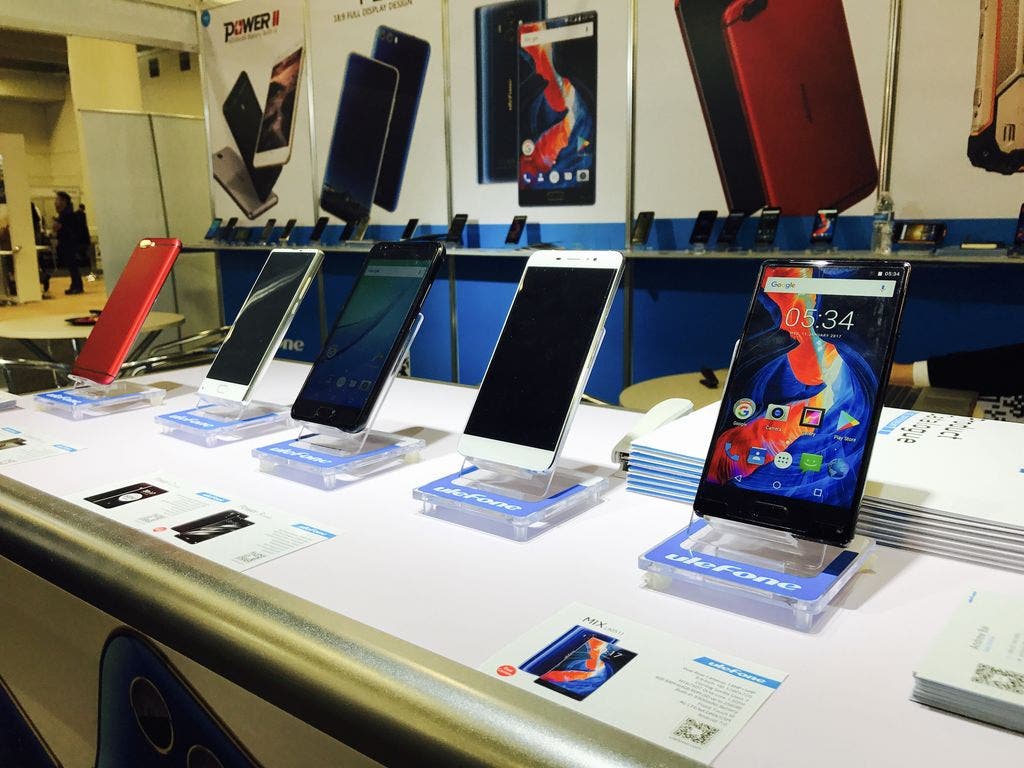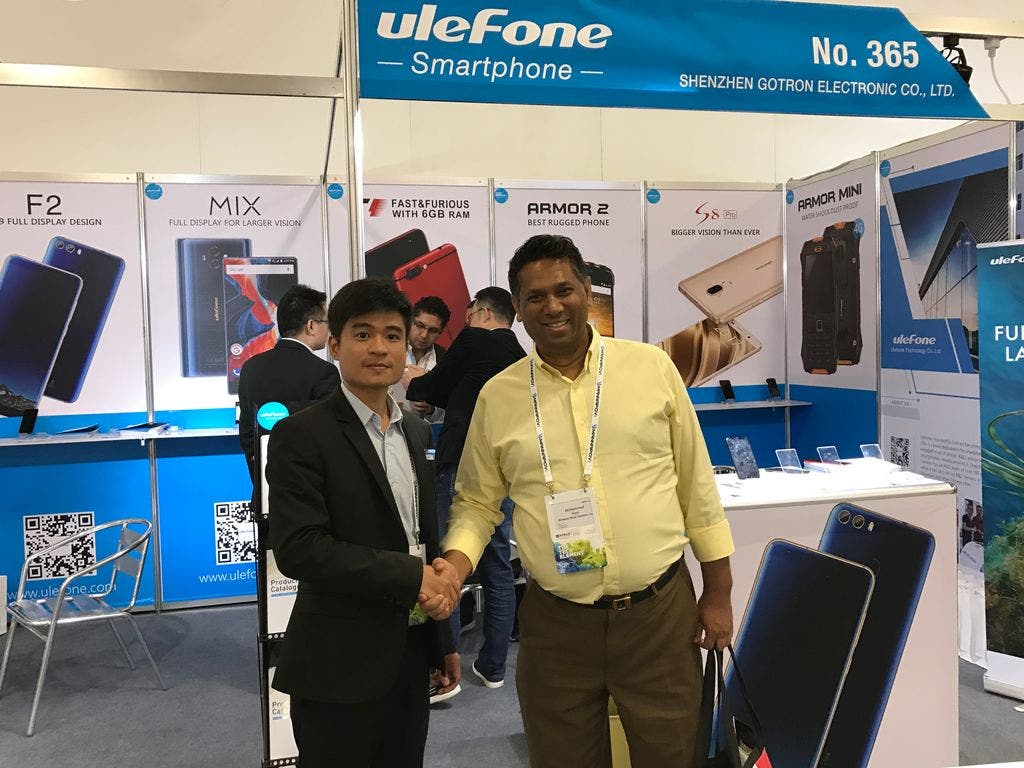As you all surely know, the first large-scale event addressing North, Central and South
American markets — – Mobile World Congress Americas is scheduled to run from
September 12-14, 2017 at the Moscone Center in San Francisco. The inaugural event
attracted more than 40,000 industry visitors and 1,500 exhibitors from across the
mobile industry and linked industry sectors.

And well even some chinese brands couldn’t resist the temptation so for example the world had a chance to glance for the first at new Ulefone models. They didn’t just settle for bringing the current lineup including the Armor 2, Power 2 or T1, but showcased for the very first time their upcoming two flagship models.

Both of the new phones will be featuring the all-screen design and 18:9 display, but the Ulefone Mix is going to be tri-bezel-less piece while the Ulefone F2S looks like a curved design. Dual rear cameras should be available also for both of them and the makers are actually promising a highly cost-effective price. So we are quite looking forward to seeing the exact specs of these models unveiled soon.
Until that we can just keep checking the official Ulefone website for news and there is also already a video about the Ulefone Mix available, but you probably already checked that one above.






Another pair of fake dual camera phones
If they are like the T1 they aren’t fake, they just only exist for the bokeh effect. Very few dual cameras these days are anything other than bokeh effect.
The second camera shouldn’t be there only for bokeh effect (dept of field) …u can use the second camera for better HDR (High-dynamic-range) imaging…. for better zoom and why not losseless zoom.
You can also use the secon camera to capture 3d (stereoscoping) pictures…and those are only a feww ways you can use second camera. by the way … bokeh effect on most of chinesse phones is just a circle in focus and the ret blured .
Nokia 808 from 2012 have a better dept of field /bokeh effect than this modern smartphones.
You can use the second camera for a lot of things. Huawei uses it to improve low light pictures, LG and Asus use it for wide angle shots. Some use it for optical zoom. Most companies like Ulefone use it for bokeh and not much else. The reason usually comes down to cost and resources.
Another pair of fake dual camera phones
If they are like the T1 they aren’t fake, the second lens only exist for the bokeh effect like most dual camera setups these days. Some like LG and Huawei (and a few others) are actually useful for everyday pictures but most are gimmick.
The second camera shouldn’t be there only for bokeh effect (dept of field) …u can use the second camera for better HDR (High-dynamic-range) imaging…. for better zoom and why not losseless zoom.
You can also use the secon camera to capture 3d (stereoscoping) pictures…and those are only a feww ways you can use second camera. by the way … bokeh effect on most of chinesse phones is just a circle in focus and the ret blured .
Nokia 808 from 2012 have a better dept of field /bokeh effect than this modern smartphones.
You can use the second camera for a lot of things. Huawei uses it to improve low light pictures, LG and Asus use it for wide angle shots. Some use it for optical zoom. Most companies like Ulefone use it for bokeh and not much else. The reason usually comes down to cost and resources.